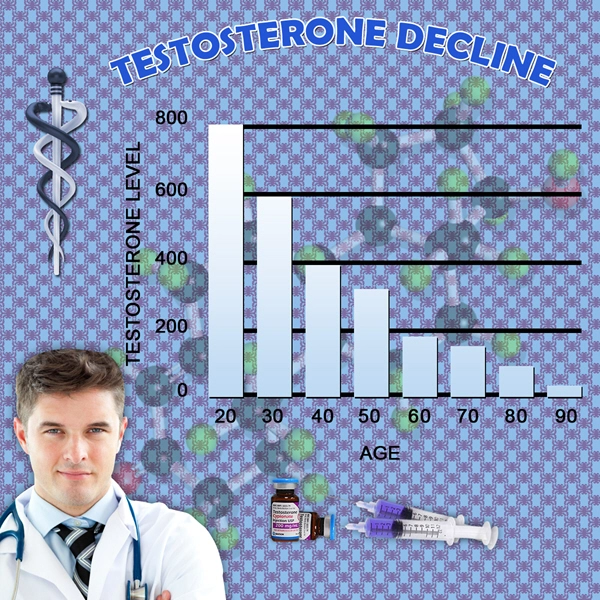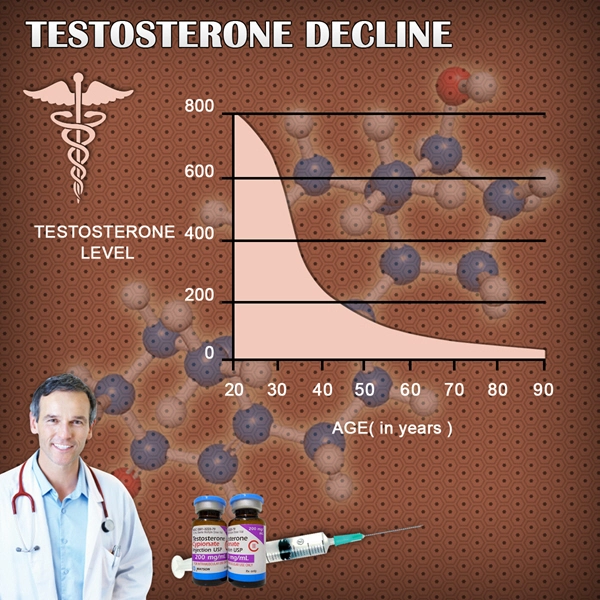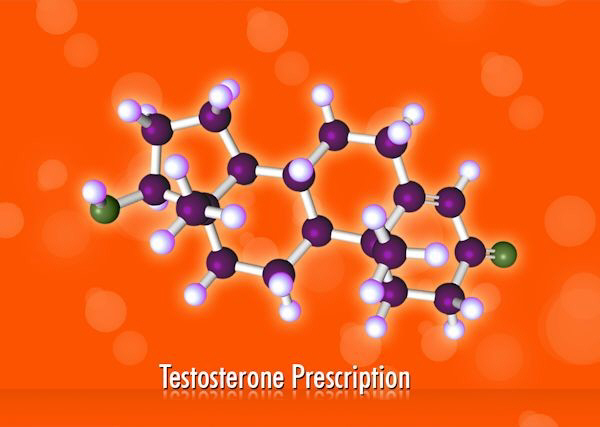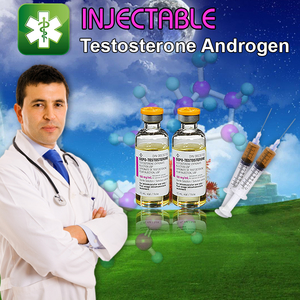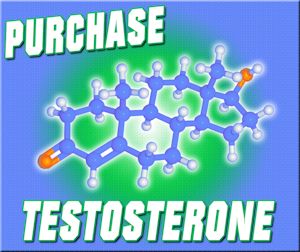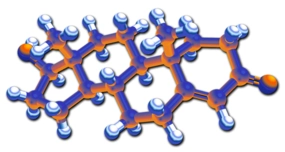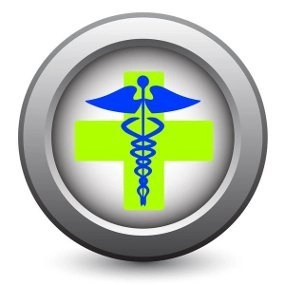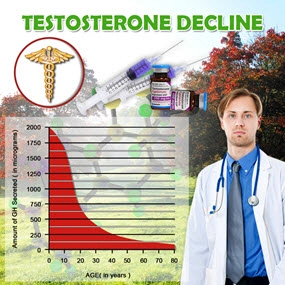Video Link: https://vimeo.com/293635592
Video Download: Click Here To Download Video
Video Stream: Click Here To Stream Video
As a man, it's important to recognize that your body goes through certain changes as you grow older. The changes that a man goes through are not entirely 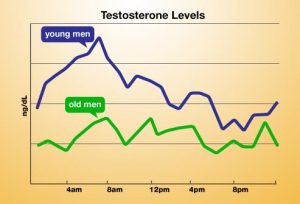 unlike those which a woman goes through, in a way.
unlike those which a woman goes through, in a way.
Male health is largely associated with Testosterone Levels, and as men get closer to middle age, their Testosterone Production starts to drop, first slowly, then at a faster rate.
Eventually, men start to feel these changes in their mind and see the changes in their body. When Testosterone Decline starts to become symptomatic, this is a condition known as Andropause, but also known as Low-T or Hypogonadism.
Symptoms of Low-T and Testosterone Deficiency
Testosterone Deficiency has a wide variety of symptoms associated with it, but there are five symptoms that you really need to look out for:
- Depression and Anxiety
- Fatigue and Exhaustion
- Declining Libido and Sexual Function
- Loss of Muscle Strength and Tone
- The buildup of Unwanted Body Fat
Low-T Diagnosis Requires Lab Testing
Of course, many of these symptoms share similarities with other disorders. These can also simply be the symptoms of a sedentary man just getting himself in a rut.
If you feel that you are experiencing the symptoms above, it will do you some good to visit a qualified physician and request to have your Testosterone Levels Tested.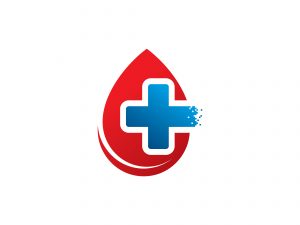
Low-T Testing has become much more accurate over the last decade, as methods to analyze both Total and Free Testosterone have become more sophisticated.
Because of this, it's easier for your doctor to give you a direct diagnosis without having to rely simply on his intuition and your symptoms.
Testosterone Deficiency Contributes to Various Health and Mortality Risks
Testosterone Deficiency is associated with many other conditions, including coronary artery disease, hypertension, depression, and diabetes. These conditions all share symptoms with Low-T, and also, men with Testosterone Deficiency are at increased risk of these conditions as well.
This is why diagnosing Testosterone Deficiency with any sort of certainty requires blood testing. There's no way to tell, just from the symptoms, that you are suffering from Low-T, other than the fact that people with Low Testosterone Levels are more likely to experience these health issues.
Hormone Therapy has long been used by women suffering from issues related to menopause, but it has only been in the last ten to fifteen years, where 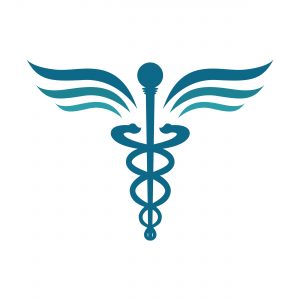 Testosterone Therapy for Low-T has become more widespread.
Testosterone Therapy for Low-T has become more widespread.
Perhaps it's because, for women, menopause is much more sudden than male Andropause, or maybe it's because men don't seek help for age-related health issues as regularly as women.
Whatever the cause, men are benefiting from Andropause Treatment like never before.
With Testosterone Replacement Therapy, it is possible to mitigate and overcome the symptoms of Low-T and live a life of greater vitality strength, and lust for life.
Testosterone Deficiency Has several Causes and Can Occur at Any Age
Although most men think of Low-T as an older man's disease, the condition actually affects men of all ages for a variety of reasons. Sometimes it's genetic, other times it's the result of issues like testicular cancer or trauma.
In these cases, the only way to improve your Testosterone Levels is through Bio-Identical Testosterone Therapy. Most men with Testosterone Deficiency suffer from Andropause or Age-Related Testosterone Deficiency, however.
As you grow older, the threshold of maximum Testosterone Production that your body can reach naturally continues to decline, but you can maximize your Testosterone Levels at any age by engaging in an active lifestyle with a healthy exercise routine.
The way that our bodies work, our bodies release high concentrations of Testosterone after a workout, and the level of Testosterone Released depends on how hard and thoroughly we work our muscles.
how hard and thoroughly we work our muscles.
Clinical research shows that a workout boosts Testosterone concentrations in the bloodstream from fifteen minutes to an hour.
These peaks in Testosterone levels are hypothesized to help sustain hormone balance and overall health.
For men with Clinically Low Testosterone, even exercise isn't enough to stimulate elevated Testosterone Production, but for men with Testosterone Levels that are normal or borderline, exercise enhances Testosterone Concentrations in the bloodstream, which provides some valuable benefits, helping to sustain physical, psychological, and sexual health.
What Parameters Impact the Body's Ability to Produce Testosterone?
There are four primary factors that affect your Testosterone Production:
- Age — The older that we get, the less our bodies can naturally produce those Testosterone spikes associated with exercise. Exercise still promotes elevated Testosterone Production and improves balance, healthy body composition, strength, and bone mineral density.
- Weight — The bigger that we are, the harder it is for our bodies to produce enough Testosterone to meet our needs. This is because body fat naturally converts Testosterone to Estrogen, and promotes other factors that inhibit Testosterone Production. Keep off the weight to keep Testosterone Levels as high as possible.
- Time — Testosterone Concentrations reach their peak in a couple of hours after you wake up in the morning until around 10
 am. They fall to their lowest point after lunch in the afternoon. Studies have shown that engaging in anaerobic exercise in the late afternoon or early evening has the most substantial impact on Testosterone Production.
am. They fall to their lowest point after lunch in the afternoon. Studies have shown that engaging in anaerobic exercise in the late afternoon or early evening has the most substantial impact on Testosterone Production. - Overall Fitness — The level of Testosterone your body produces depends on your activity level. If you live a sedentary lifestyle, your Testosterone Levels will remain low. When you first start an active exercise regimen, your Testosterone Production spikes hard because your body isn't used to it, and then Testosterone spikes balance out as you become more fit.
How to Optimize Your Testosterone Production with Exercise
Any form of exercise that you engage in has a positive impact on your Testosterone Production. Both anaerobic exercise and cardiovascular endurance-based workouts will give you a boost. Experts in exercise science have discovered that taking these steps can help you squeeze the most Testosterone out of your workout:
- Don't take long breaks between exercises or sets.
- Focus on slow, steady reps with higher weight, rather than quick reps with a lower weight. Shorter sets are preferred over more extended sets when done correctly.
- Engage in exercises that work out entire muscle groups and emphasize balance. This helps you work out muscles all over the body, and the more muscle groups you work, the more testosterone you produce.
- Always give your body time to recover. Alternate between muscle groups and always give the different groups 48 hours of rest.
To sustain your total health, it's important to encourage flexibility, strength, and cardiovascular endurance. It's also important to recognize that a healthy diet is a vital component of an ideal workout regimen.
If you are out of practice, take it easy, and develop your training regimen as you  go to mitigate the risks associated with rapid changes in activity level. Also, don't work yourself too hard. If you push yourself past your personal limits, this actually works against you and can prevent your Testosterone Production from reaching its peak!
go to mitigate the risks associated with rapid changes in activity level. Also, don't work yourself too hard. If you push yourself past your personal limits, this actually works against you and can prevent your Testosterone Production from reaching its peak!
Reference
Effect of short-term physical exercise on serum total testosterone levels in young adults.
Contact Us Today For A Free Consultation

- Ten Simple Steps That You Can Take To Knock Out Stress [Last Updated On: May 2nd, 2024] [Originally Added On: June 11th, 2020]
- Natural, Simple Ways to Improve Your Sleeping Habits [Last Updated On: April 18th, 2024] [Originally Added On: June 26th, 2020]
- Ten Ways to Manage Cholesterol and Testosterone Levels [Last Updated On: May 30th, 2024] [Originally Added On: July 16th, 2020]
- Five Kinds of People that Have a Lot of Sex! [Last Updated On: April 11th, 2024] [Originally Added On: July 17th, 2020]
- Ditch the Alcohol if You Want to Maximize the Benefits and Gains From Weightlifting [Last Updated On: January 22nd, 2024] [Originally Added On: July 18th, 2020]
- 13 Issues That Can Kill Your Libido [Last Updated On: March 15th, 2024] [Originally Added On: July 19th, 2020]
- Ten Ways to Enhance Your Metabolism [Last Updated On: June 28th, 2024] [Originally Added On: July 20th, 2020]
- Fourteen Common Causes of Fatigue and What You Can Do to Improve Your Energy Levels! [Last Updated On: June 21st, 2024] [Originally Added On: August 4th, 2020]
- Testosterone's Effects Upon the Human Body [Last Updated On: June 11th, 2024] [Originally Added On: August 9th, 2020]
- Fifteen Foods That Can Help You Get Your LDL Cholesterol Under Control [Last Updated On: May 1st, 2024] [Originally Added On: November 28th, 2020]
- How to Get Bigger Arms [Last Updated On: November 25th, 2024] [Originally Added On: March 14th, 2021]
- It’s True: Stress Causes Hair Loss and Thinning Hair, According to Science [Last Updated On: August 29th, 2024] [Originally Added On: May 4th, 2021]
- Magnesium and Preventing Kidney Stones [Last Updated On: October 22nd, 2024] [Originally Added On: January 18th, 2023]
- Get Pro-active, Don’t Depend on a GP only! [Last Updated On: October 24th, 2024] [Originally Added On: February 1st, 2023]
Word Count: 1179

